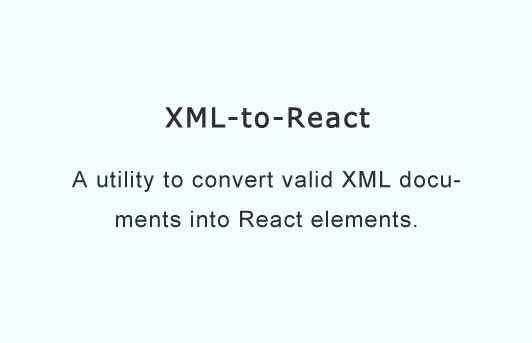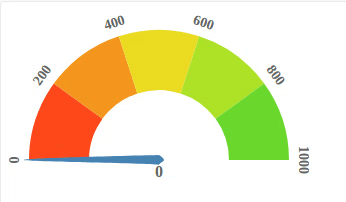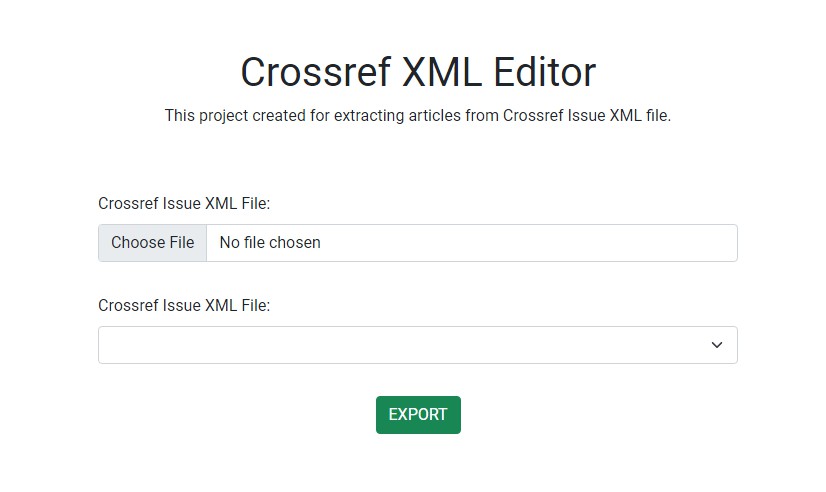XML-to-React
A utility to convert valid XML documents into React elements.
Prerequisites
This library may only be used in projects using React version 0.13.x or greater.
Installation
npm install --save xml-to-react
This assumes you are using npm as your package manager.
Usage
import XMLToReact from 'xml-to-react';
const xmlToReact = new XMLToReact({/* converters */});
const reactTree = xmlToReact.convert(/* XML string */);
Simple Example
Convert XML nodes into DOM elements with any provided attributes
import ReactDOM from 'react-dom';
import XMLToReact from 'xml-to-react';
import MyListItem from './MyListItem';
const xmlToReact = new XMLToReact({
Example: (attrs) => ({ type: 'ul', props: attrs }),
Item: (attrs) => ({ type: MyListItem, props: attrs })
});
const reactTree = xmlToReact.convert(`
<Example name="simple">
<Item i="1">one</Item>
<Item>two</Item>
<Item>three</Item>
</Example>
`);
ReactDOM.render('app-container', reactTree);
export default function MyListItem({ children, i }) {
return <li data-i={i}>{children}</li>;
}
This example would render the following:
<div id="app-container">
<ul name="simple">
<li data-i="1">one</li>
<li>two</li>
<li>three</li>
</ul>
</div>
Converters
Converters are required mapping functions that define how an XML node should be converted to React. A converter must return an object in the format { type, [props] }, which is intended to be passed to React.createElement.
type- required tagName, React component, or React fragmentprops- (optional) props object
Example
function myConverter(attributes) {
return {
type: 'div',
props: {
className: 'test'
}
}
}
XMLToReact constructor
The XMLToReact class is instantiated with a map of converters.
{
nodeName: converterFunction
}
convert( xml, data )
xml{string}- xml node or documentdata{Object}- (optional) any data to be passed to all converters




